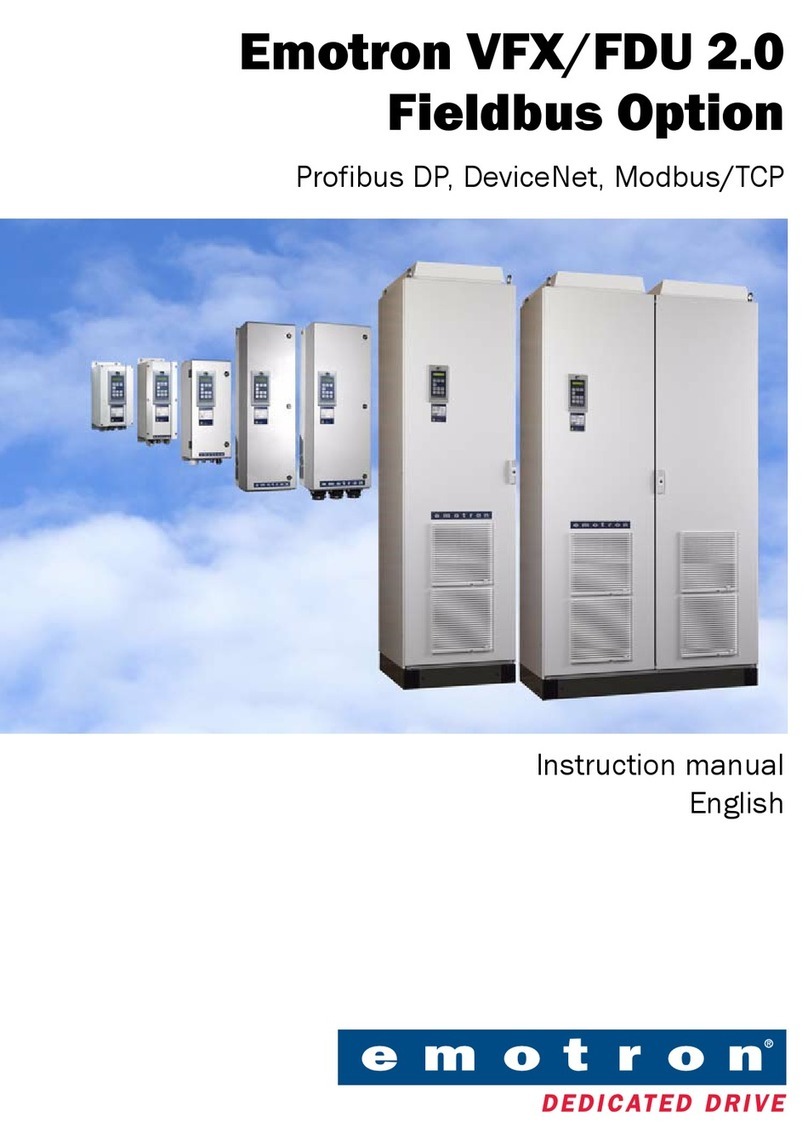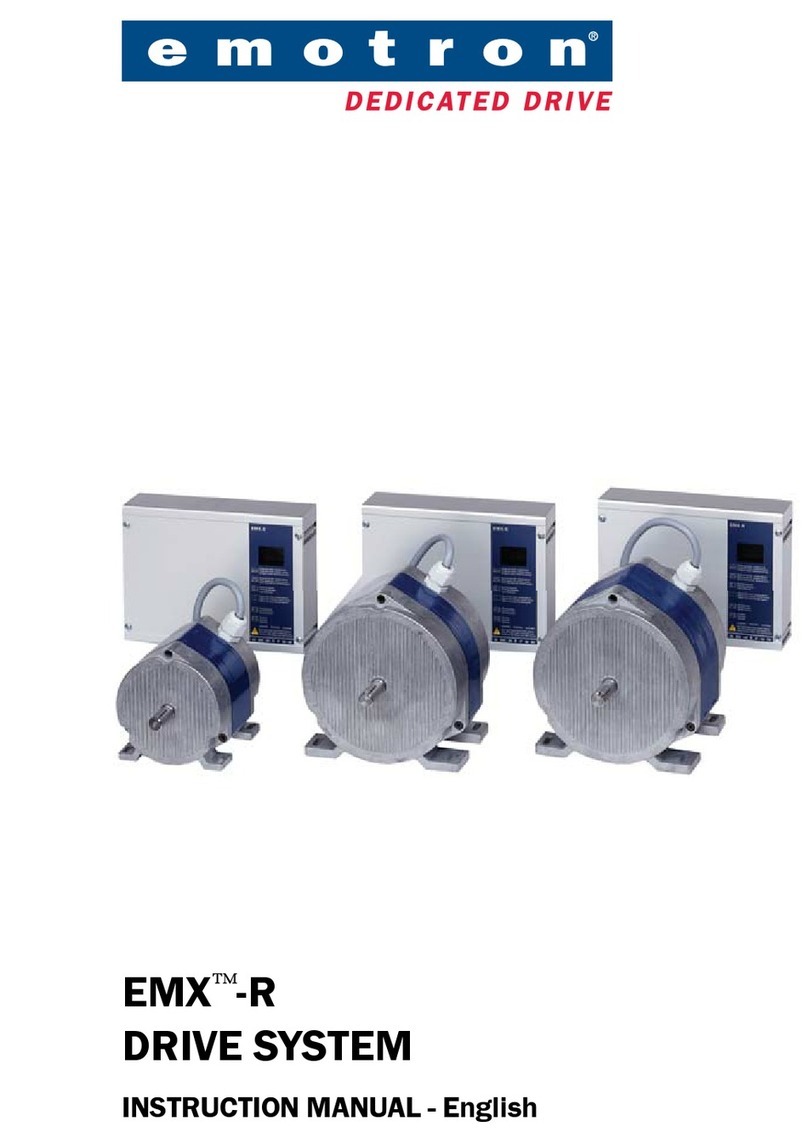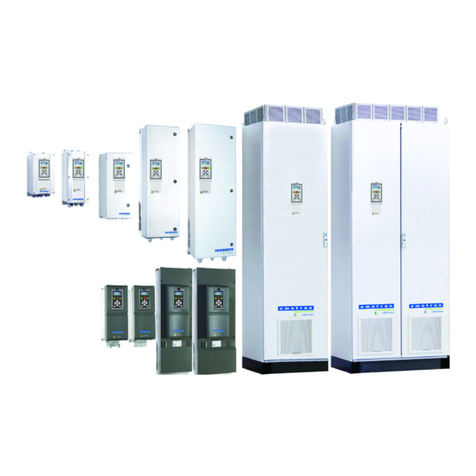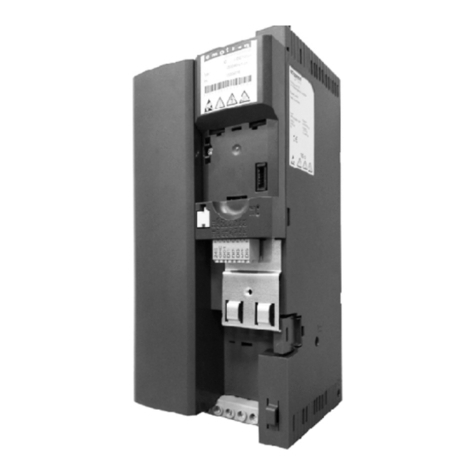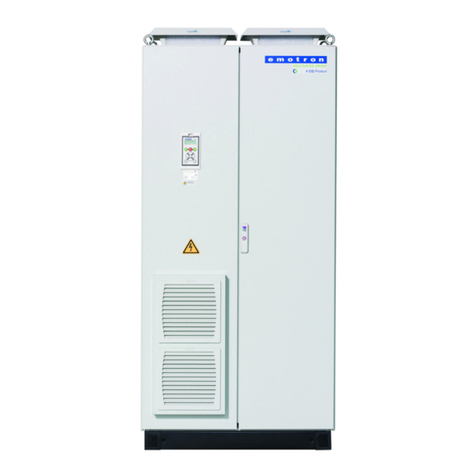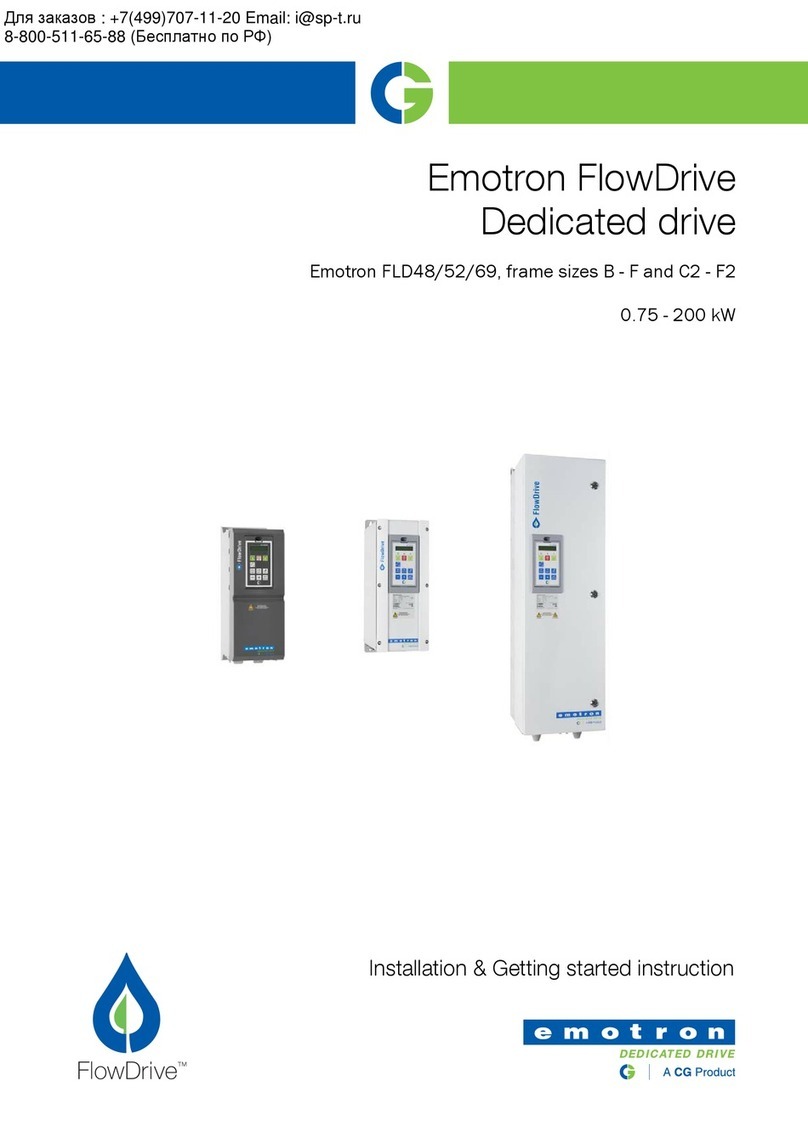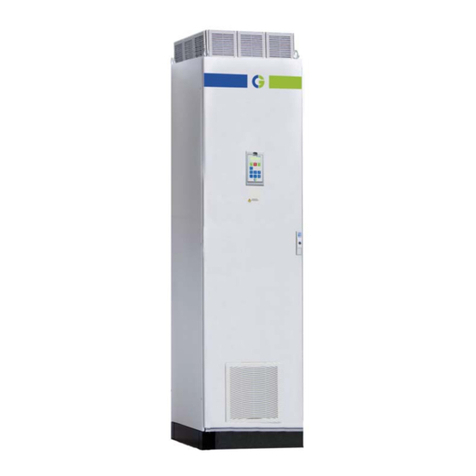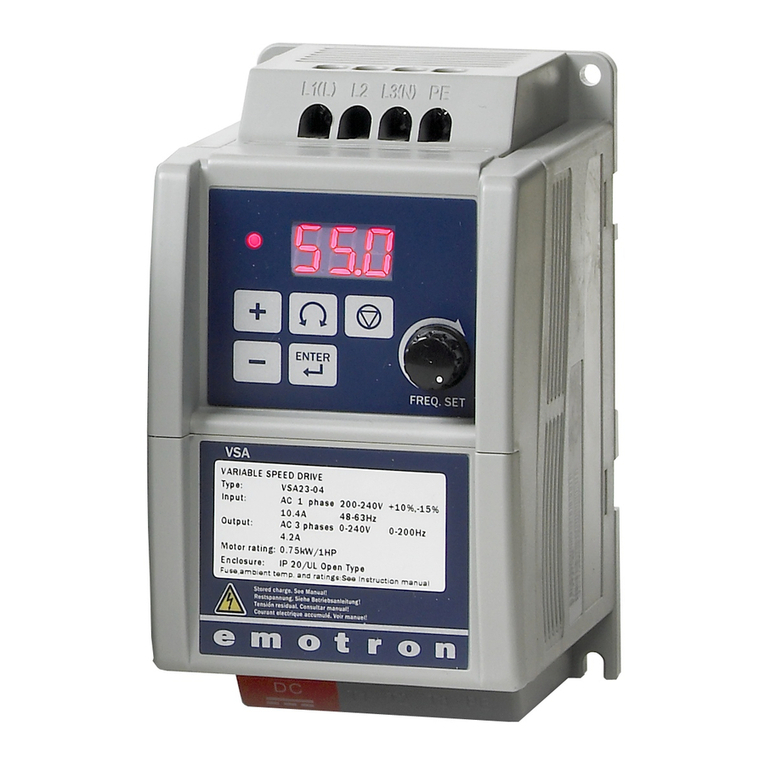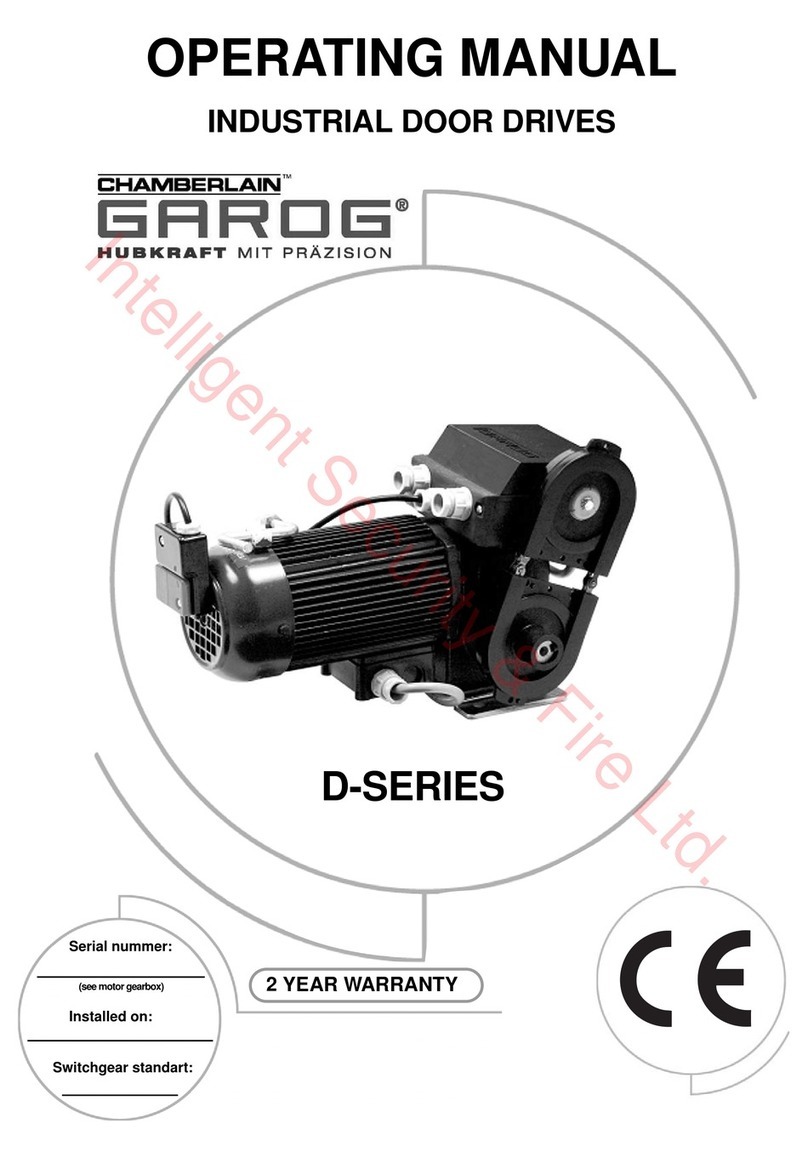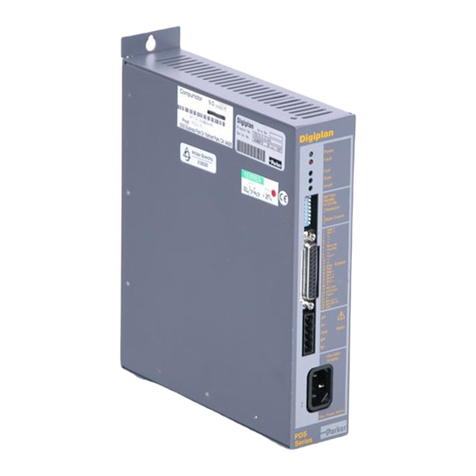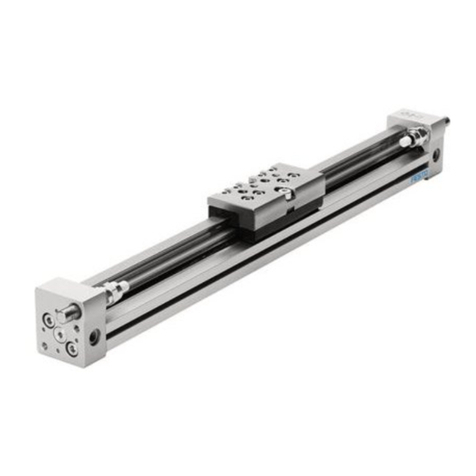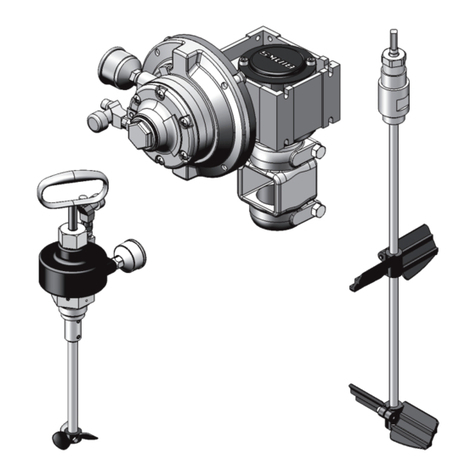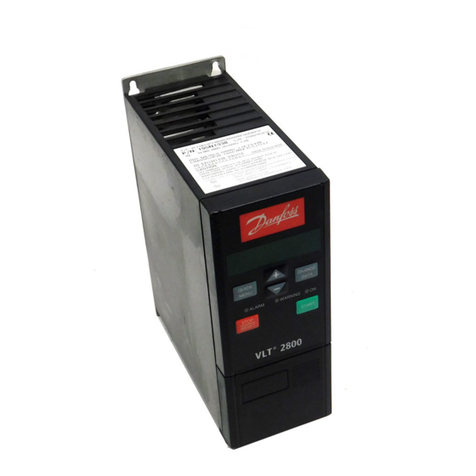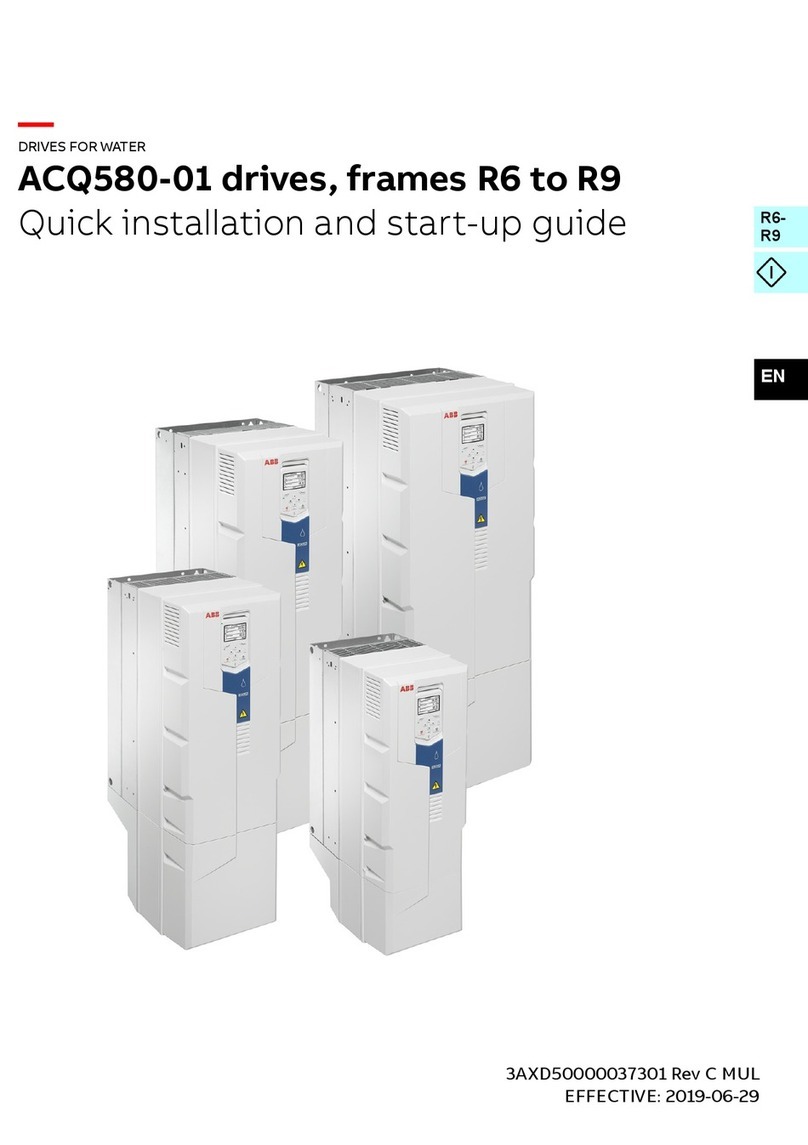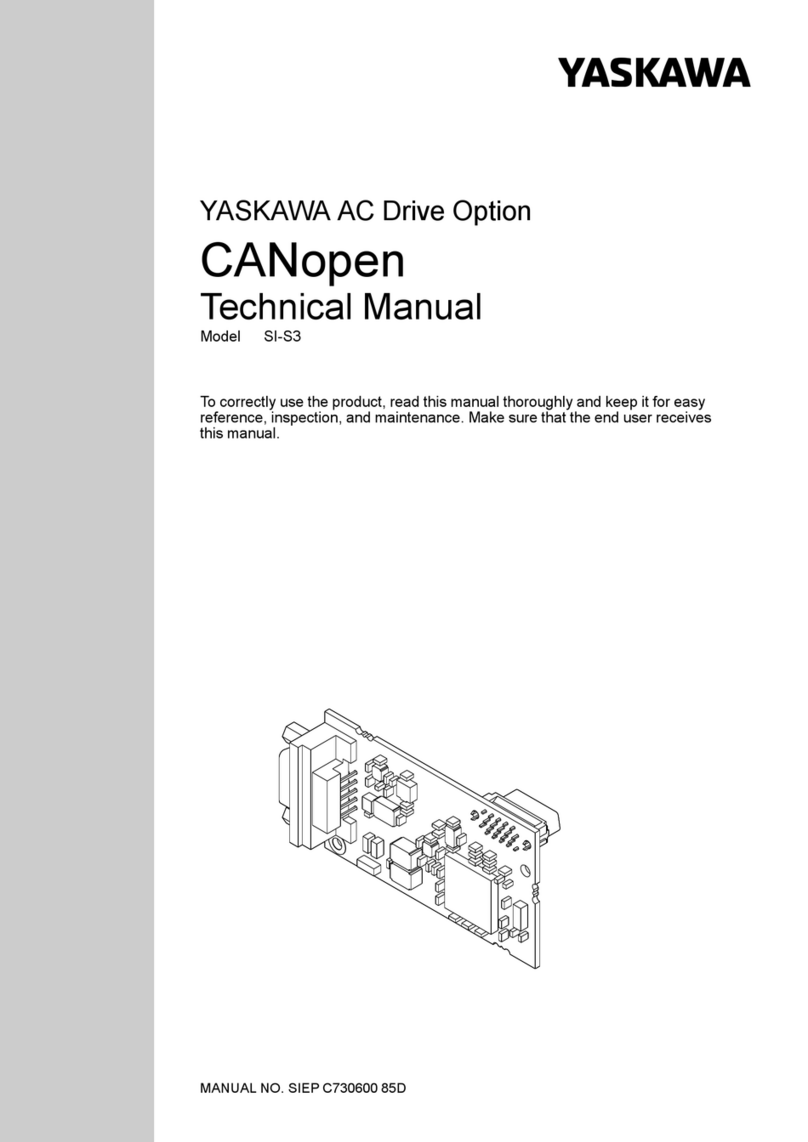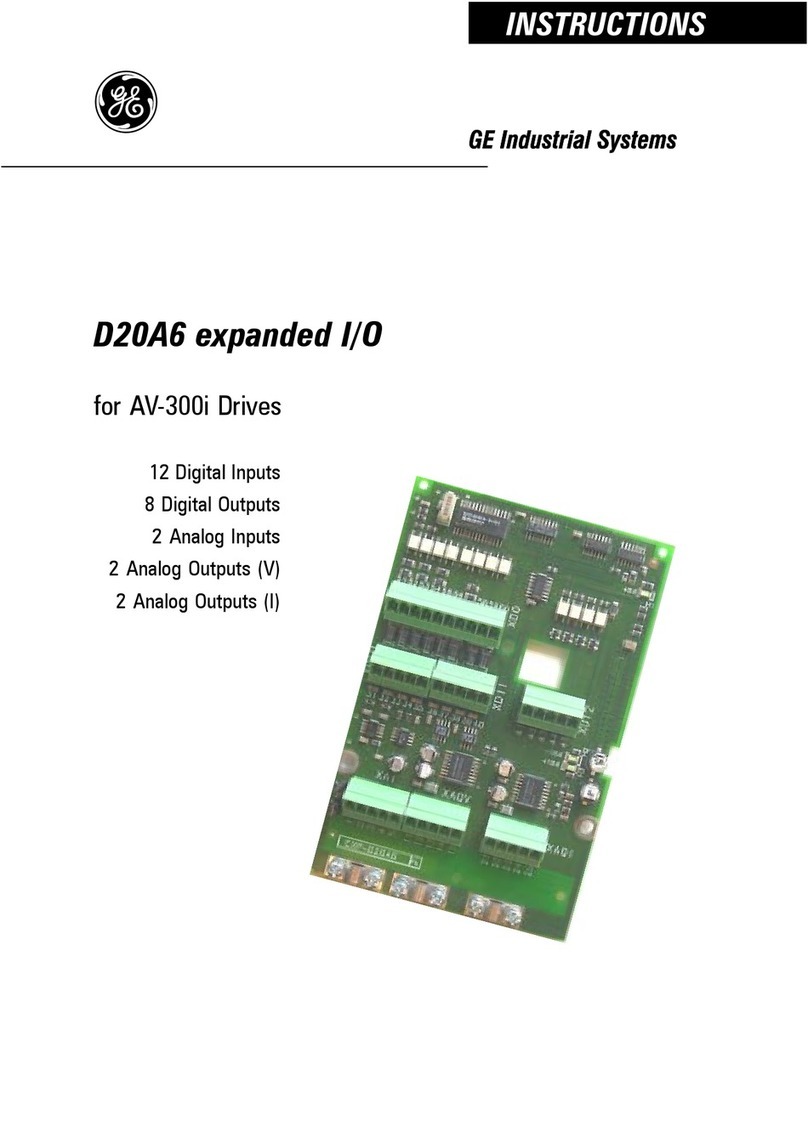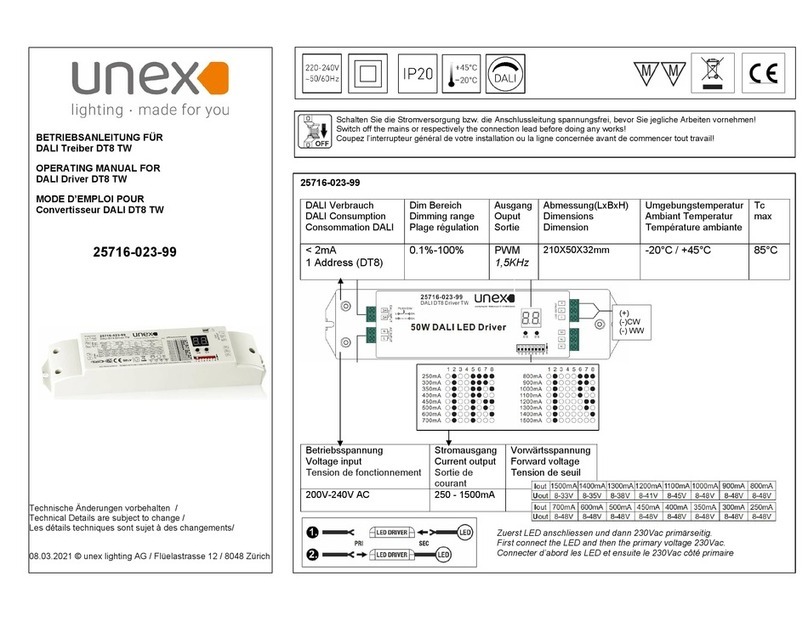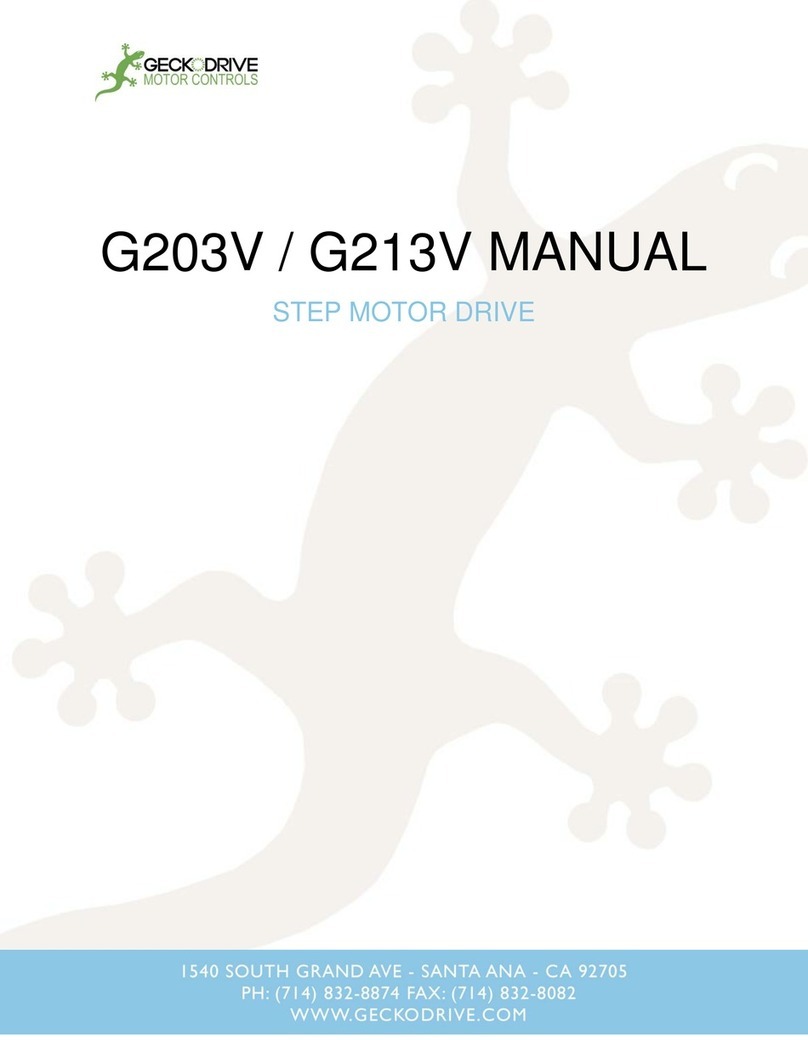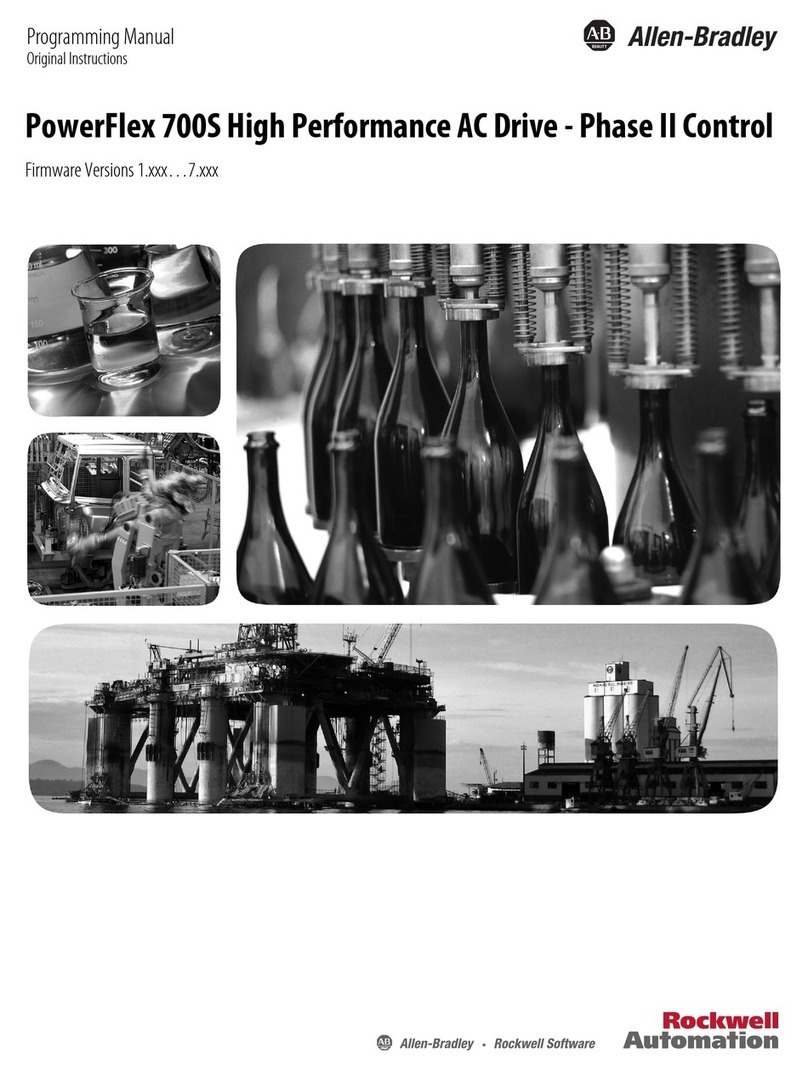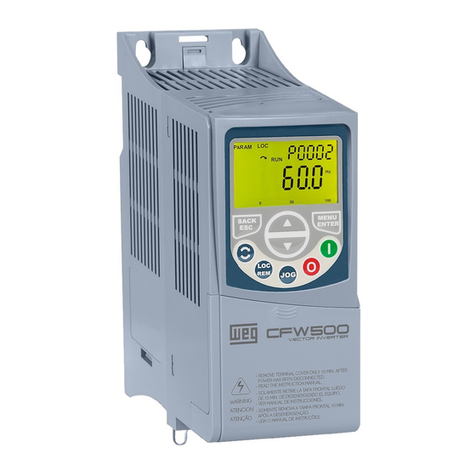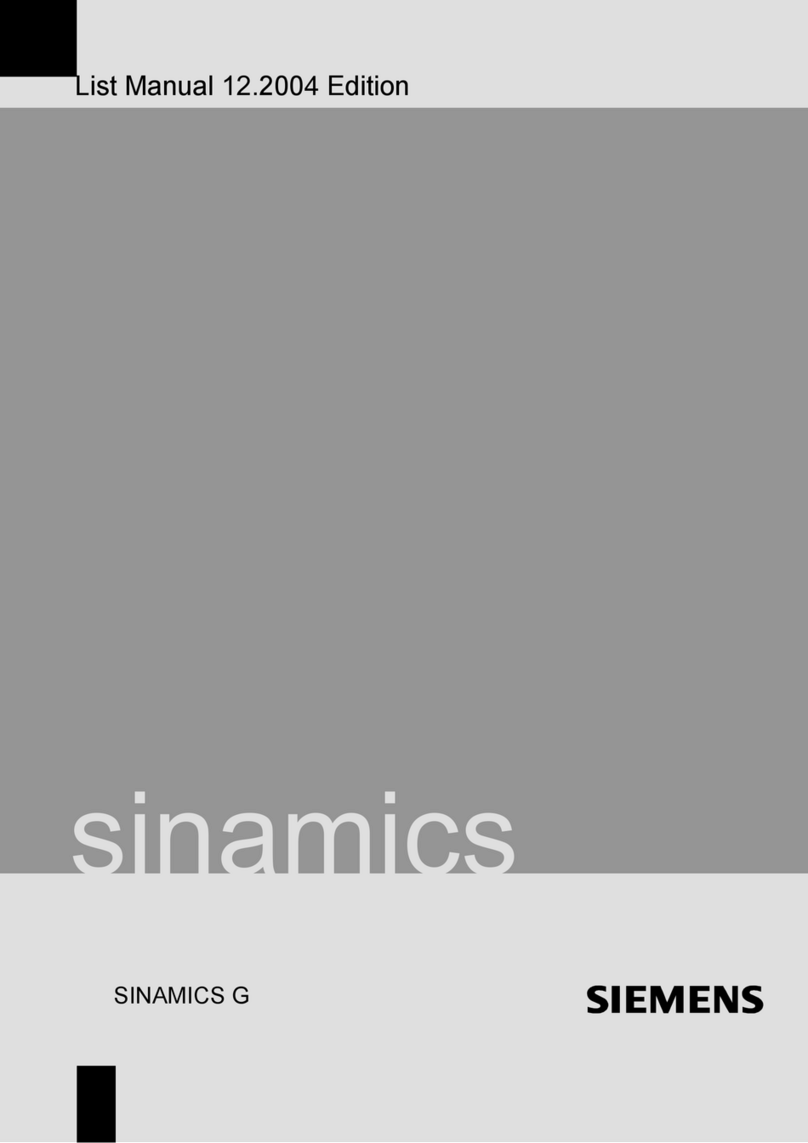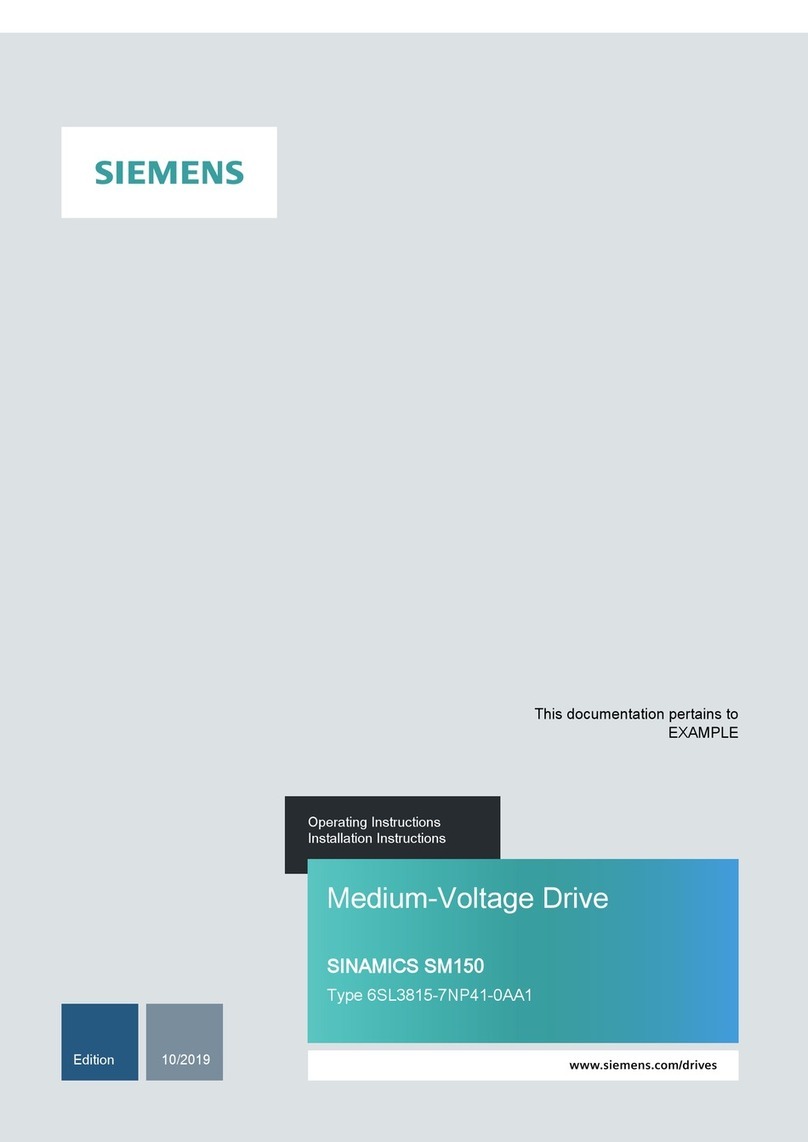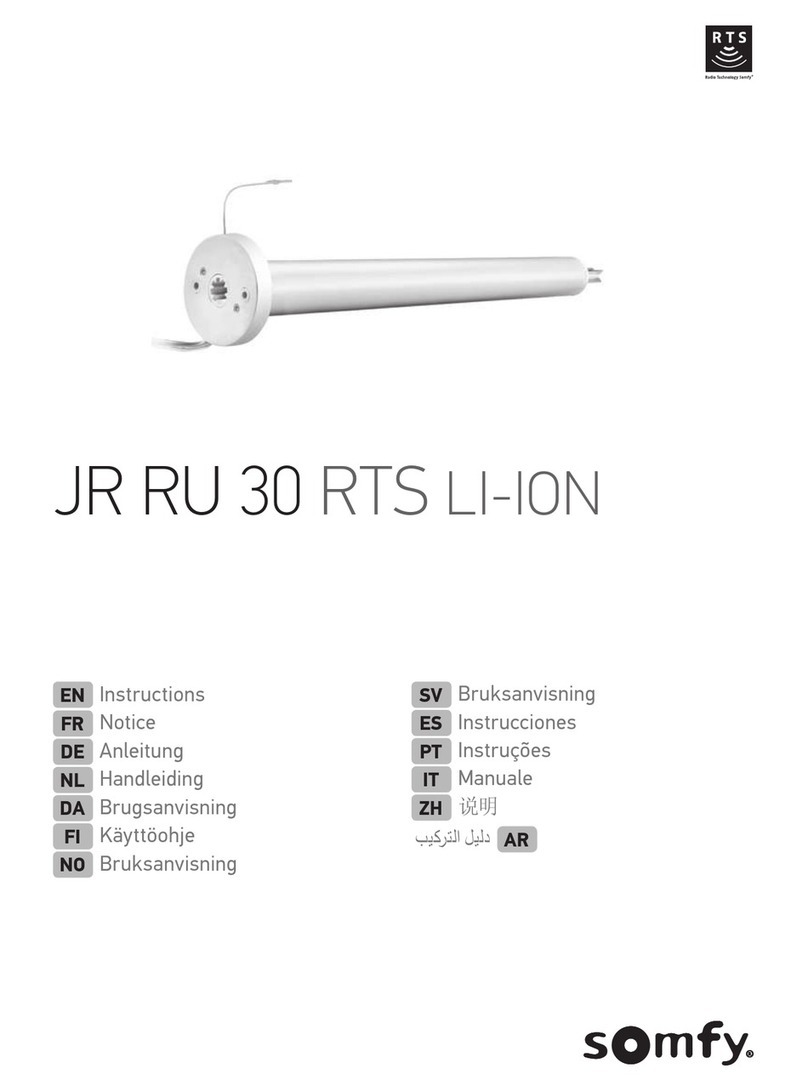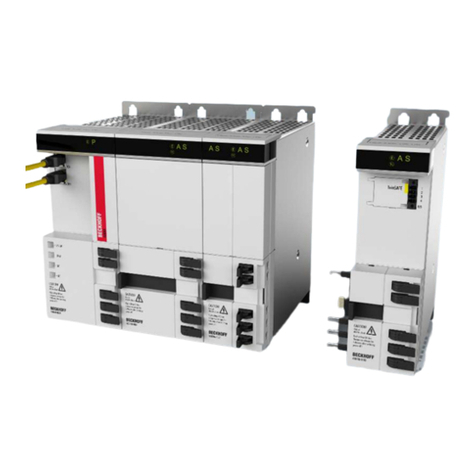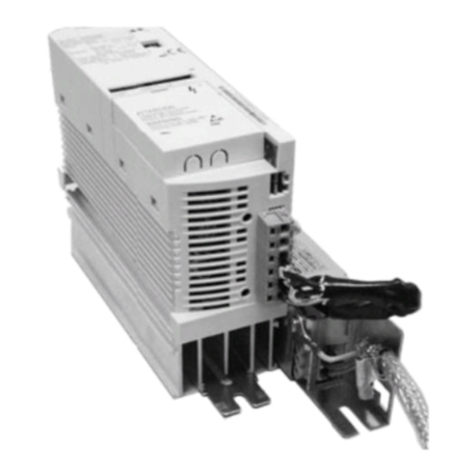
Emotron AB 01-3333-01r3 1
Contents
1. Description.................................................................................. 3
1.1 Introduction................................................................................................. 3
1.2 Product range ............................................................................................. 4
1.3 Operating indicators / built-in functions ................................................... 5
1.3.1 Automatic purging mode / holding torque................................................ 6
1.3.2 Rotation monitor (DIP switch 4)................................................................. 7
1.3.3 Protection of the control unit ..................................................................... 8
2. Mounting/connection.............................................................. 11
2.1 Mounting .................................................................................................. 11
2.1.1 External sensor for rotation monitor (option) ........................................ 12
2.2 Connection ............................................................................................... 12
2.2.1 When switching off .................................................................................. 13
2.2.2 Recommendations with respect to EMC................................................ 13
2.2.3 Priority switch / defrosting / manual control......................................... 14
2.2.4 Manual control using a 10 kOhm potentiometer .................................. 14
2.2.5 Test switch ............................................................................................... 14
2.2.6 Choice of maximum speed ..................................................................... 16
2.2.7 Setting DIP switches................................................................................ 17
2.2.8 Speed controller ...................................................................................... 18
2.2.9 Parallel connection.................................................................................. 18
2.2.10 Heat recovery on cooling – summer/winter switch............................... 19
2.2.11 Analogue output signal (only available on Model E) ............................. 19
2.2.12 Potentiometer with low resistance, 100 Ohm to 5 kOhm
(only available on Model E)..................................................................... 19
3. Maintenance/troubleshooting................................................ 21
3.1 Maintenance ............................................................................................ 21
3.2 Motor diagnosis ....................................................................................... 21
3.3 Troubleshooting ....................................................................................... 22
4. Technical data ......................................................................... 25
